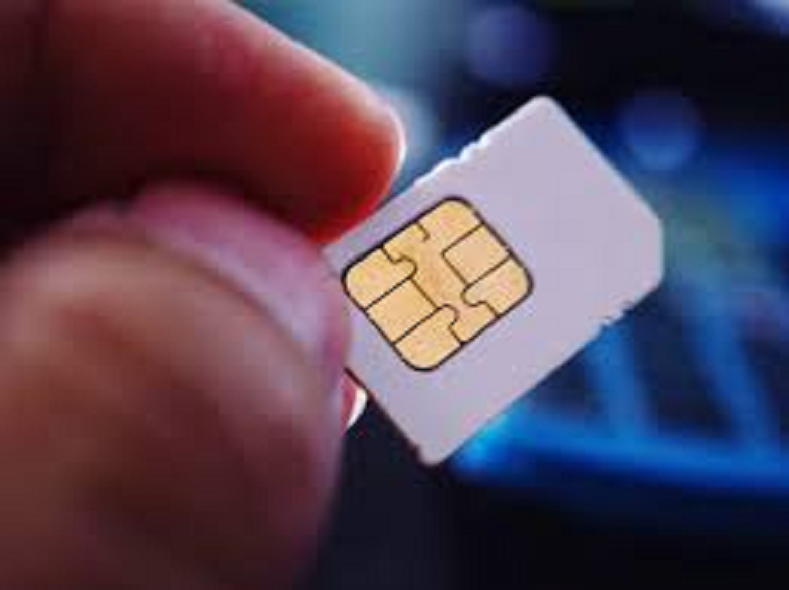Doctors set such an example... a person's life was saved; a serious disease was treated with this new technique
- bySherya
- 18 Jun, 2025

Doctors at Sir Ganga Ram Hospital treated a 45-year-old patient's complex bile duct problem using magnetic technology. The patient had this problem after gall bladder surgery and several endoscopic attempts had failed. The team of doctors led by Prof. Anil Arora used the magnetic compression anastomosis technique which saved the patient's life and gave him a new life.

Highlights
- Treatment of complicated bile duct
- Magnetic technology saves lives
- Avoided the need for liver surgery
Doctors of Sir Ganga Ram Hospital have set another example in the field of advanced medical technology. The hospital's specialists not only saved the life of a 45-year-old patient by treating his complex bile duct problem with a state-of-the-art magnetic technology but also avoided the need for major liver surgery.
The patient was suffering from severe bile leak and bile duct stricture after laparoscopic surgery (cholecystectomy) for removal of gall bladder in the year 2020. Endoscopic attempts (ERCP) in several hospitals failed for two years.
Finally, the patient was referred to the Institute of Liver, Gastroenterology and Pancreato-Biliary Sciences, Sir Ganga Ram Hospital. This complex case was managed by a team of Dr. Shrihari Anikhindi, Dr. Shivam Khare, Dr. Umang Arora, Dr. Raghav Seth and Dr. Arun Gupta under the leadership of Prof. Anil Arora.
The team, along with advanced endoscopy specialist Dr. Sanjay Rajput and interventional radiologist Dr. Milan Jolapara from Ahmedabad, successfully used the "magnetic compression anastomosis" technique. In this technique, special magnets were applied to both the cut ends of the bile duct. Due to magnetic attraction, both the ends gradually came closer and a new path was formed, due to which the flow of bile became normal again.
Prof Arora said that there was a gap of 1.5 cm between the two ends, which was difficult to connect with the traditional endoscopic procedure. Dr Rajput said that when other techniques fail, this magnetic technique gives new hope. After the treatment, the patient said, after two years of suffering, now I am feeling completely normal and am grateful to the doctors who gave me a new life.
The team, along with advanced endoscopy specialist Dr. Sanjay Rajput and interventional radiologist Dr. Milan Jolapara from Ahmedabad, successfully used the "magnetic compression anastomosis" technique. In this technique, special magnets were applied to both the cut ends of the bile duct. Due to magnetic attraction, both the ends gradually came closer and a new path was formed, due to which the flow of bile became normal again.
Prof Arora said that there was a gap of 1.5 cm between the two ends, which was difficult to connect with the traditional endoscopic procedure. Dr Rajput said that when other techniques fail, this magnetic technique gives new hope. After the treatment, the patient said, after two years of suffering, now I am feeling completely normal and am grateful to the doctors who gave me a new life.






